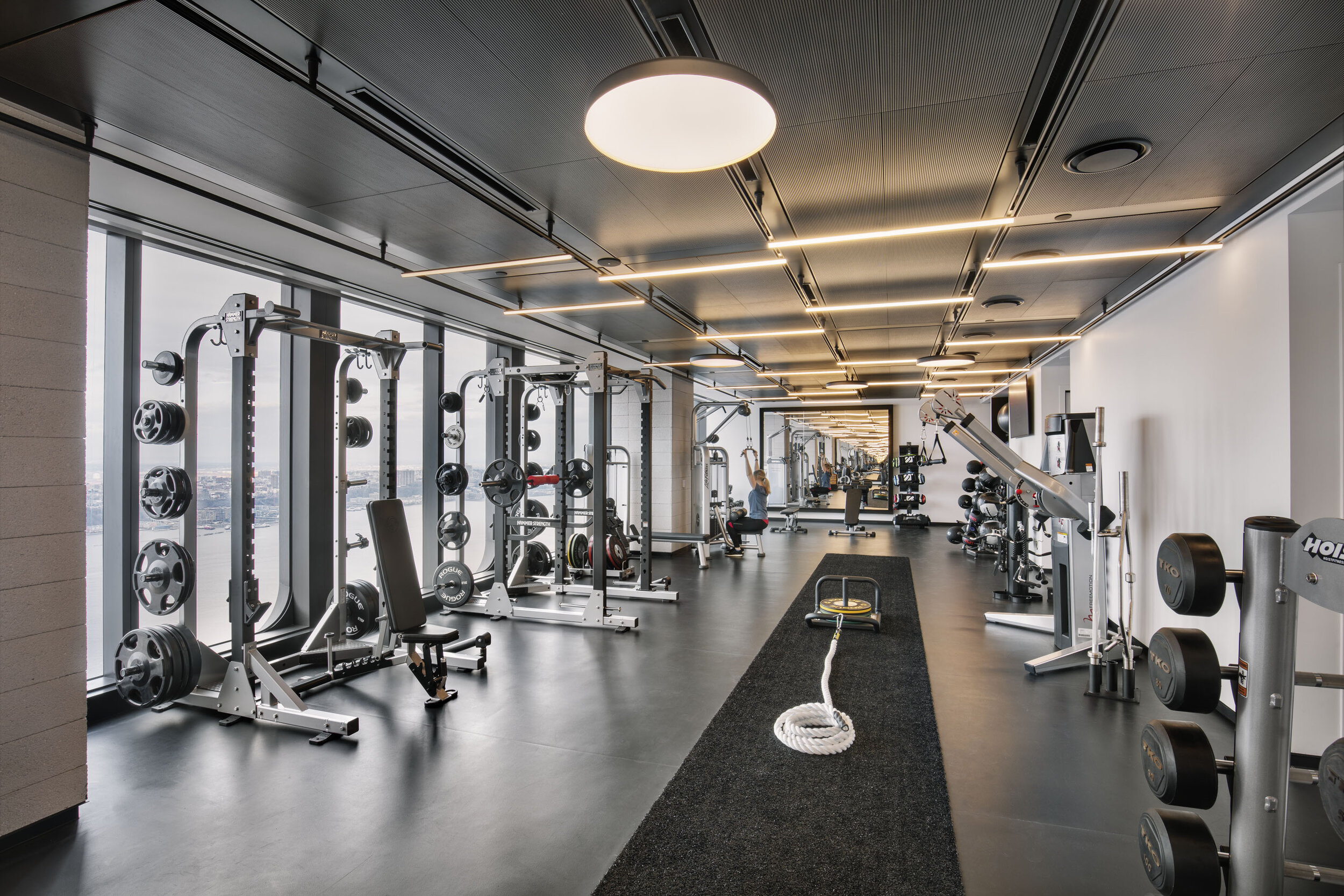How to Prepare for a Professional Architectural Photo Shoot
Spring has arrived and our shooting days are getting filled with our amazing clients, it’s important to always have a collaborative game plan to make the most of your time with our photography team. My goal is to turn your investment in photography into a wise one, focusing on getting the most out of our time together, even if it means rescheduling due to health, bad weather, or acts of God. The first thing to do is to make a list of the projects you want to capture and then develop your shot list for each project so you can prioritize the images you need for marketing and award submissions. Whether it’s a commercial interior, commercial exterior, residential project, or a hospitality shoot, planning saves time and enables me to exceed my client’s expectations. During Covid we have safely worked with new and existing clients – scheduling around their illnesses and limited access to photo sites – to provide a relaxed collaborative environment where we are still getting their dreams realized.
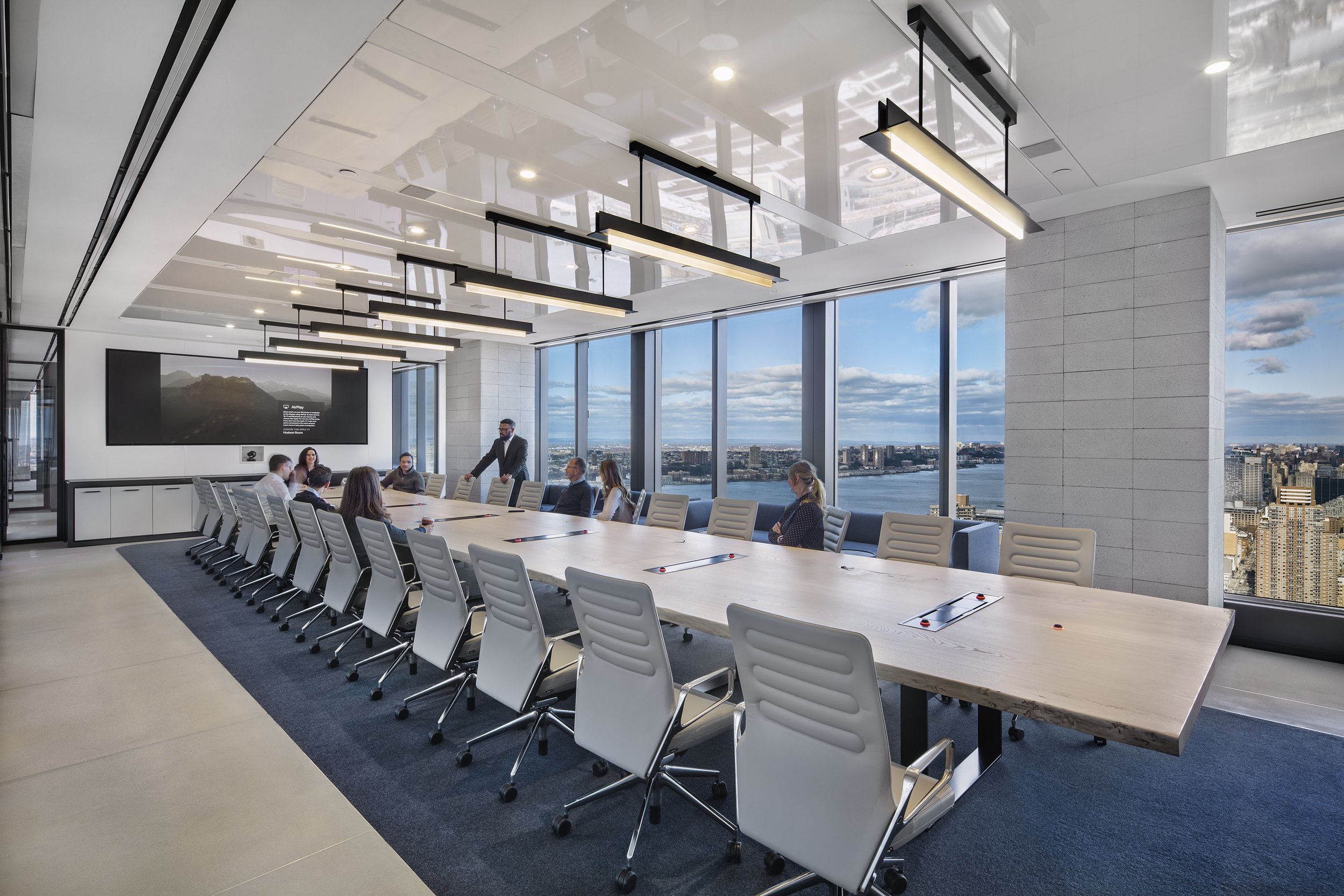
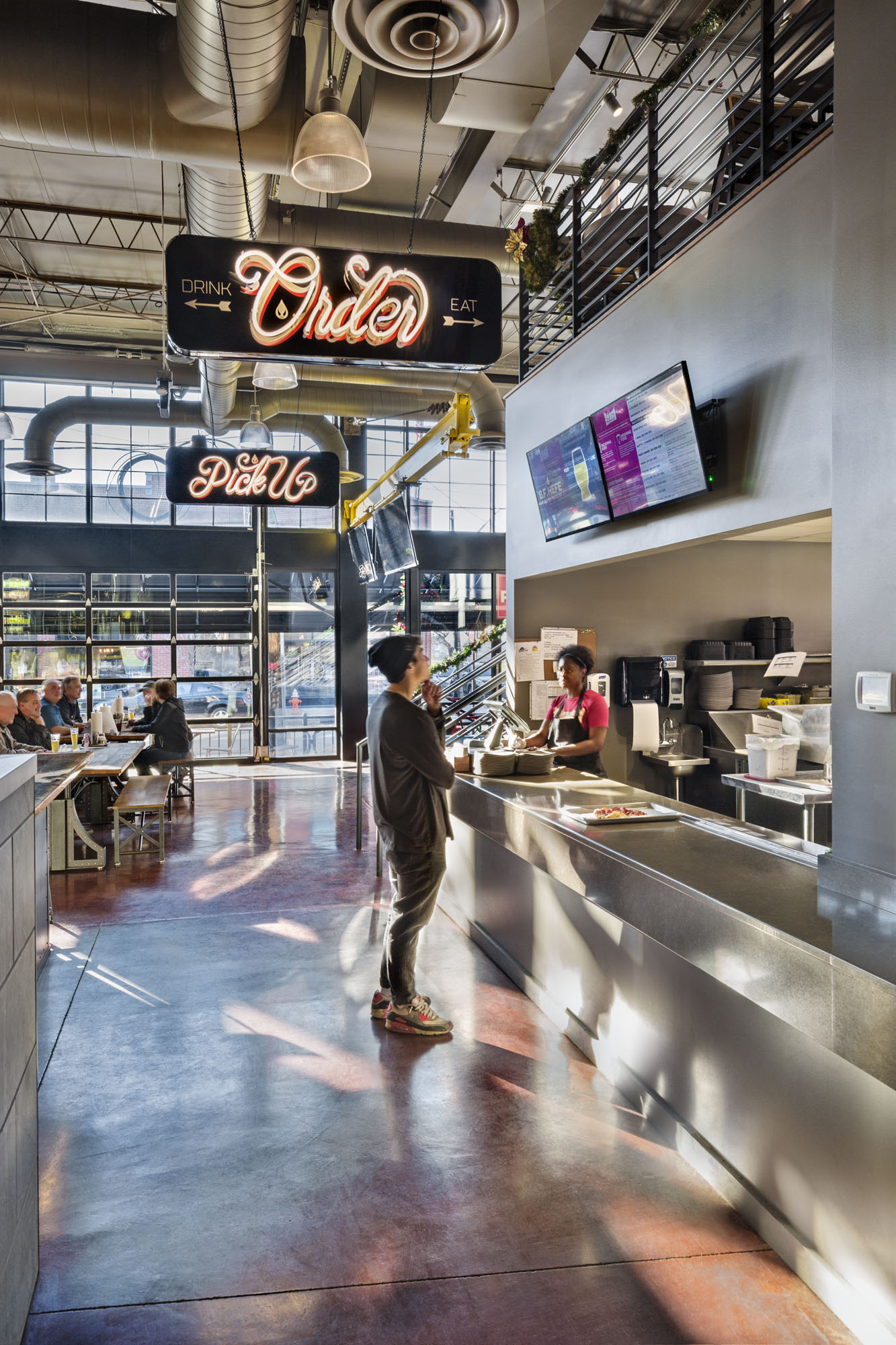
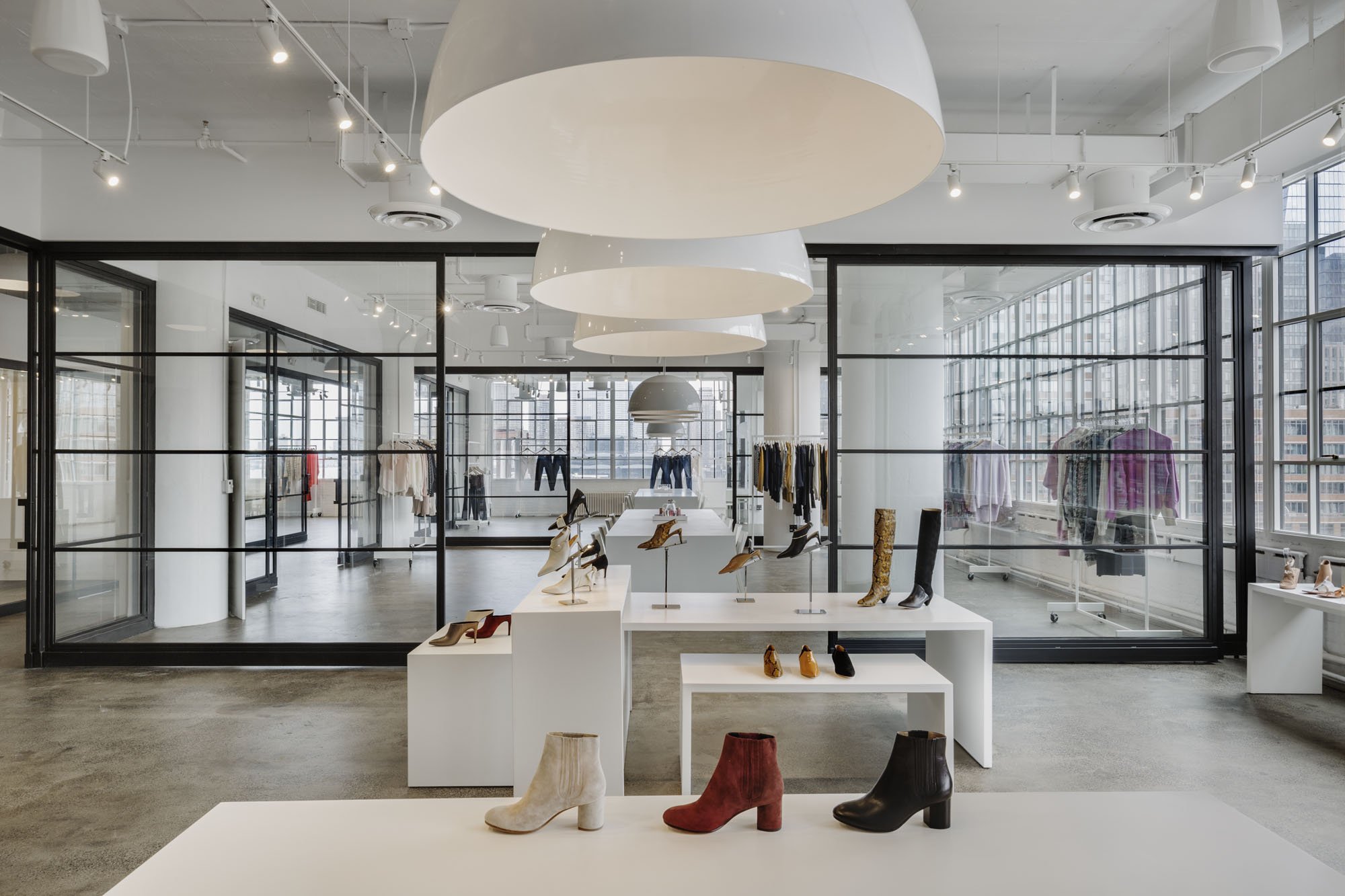
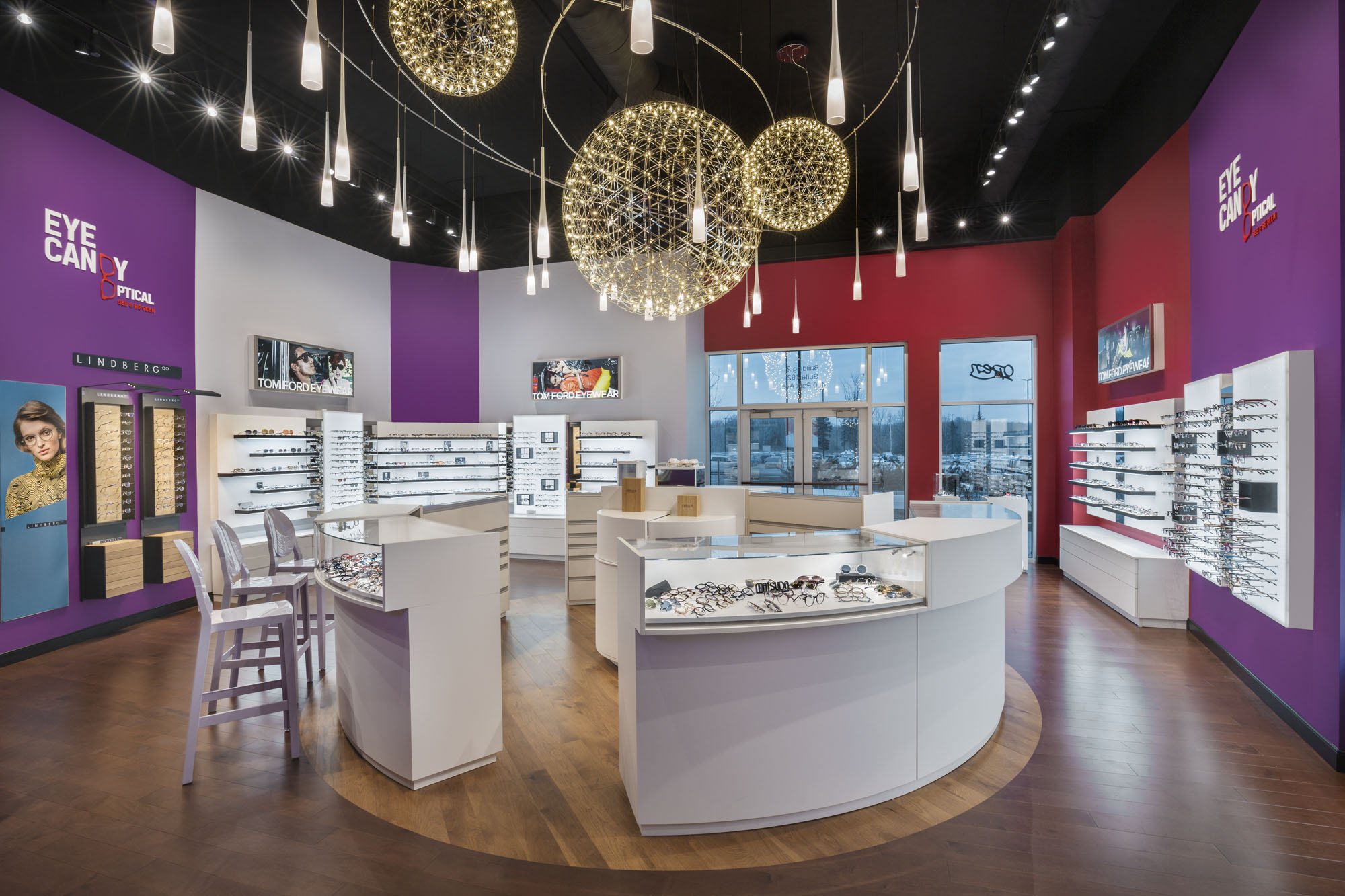
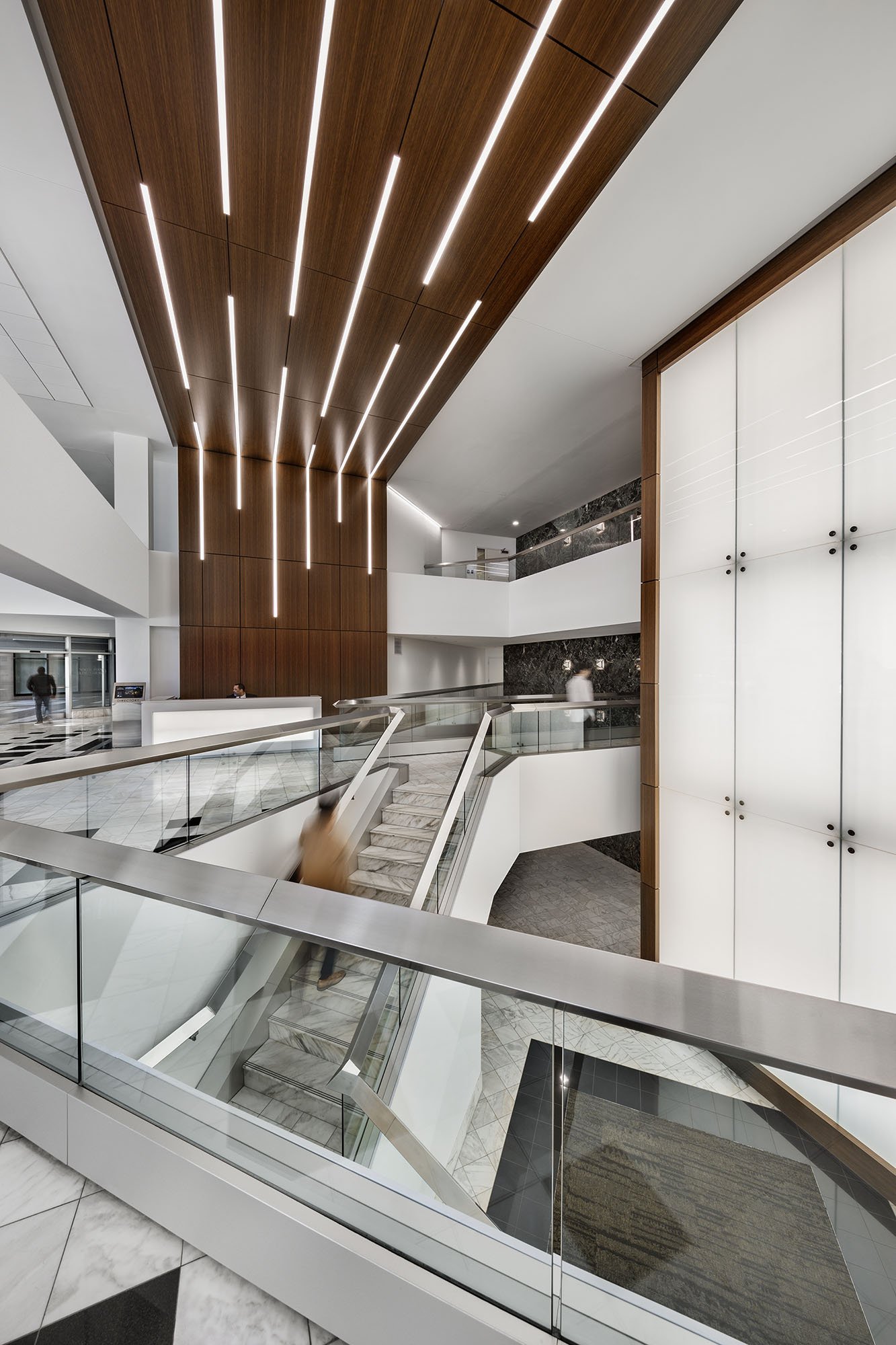
Photographing Commerical Interiors
The greatest challenge in photographing commercial interiors is access and cooperation from the client and location. I like to budget around 30 minutes per shot for complex interiors and 20 minutes a shot for smaller vignettes and details. Like a seasoned coach, I run the clock and make sure we get every shot the client and I have agreed on, plus, time permitting, a few additional shots or variations of the same shot with or without people or props that I feel takes the shoot over the top. A well-prepared client makes sure we have access to the space, that an email went out letting people know we are taking photographs, and that all the desks should be free of clutter. Invariably one of these items doesn’t happen and we either spend time cleaning a desk or shooting a less-desired office that has less clutter. Designers should also attend so that they can stand-in for the actual people in the space, can ensure cooperation and respect for their client, and keep our impact as light as possible if we shoot during weekday hours. The designers should also bring props such as flower arrangements for the reception area, food items for the pantry, and a few decorative flourishes like art books, ceramic vessels, or even some works of art if the client hasn’t finished making purchases though their consultant.
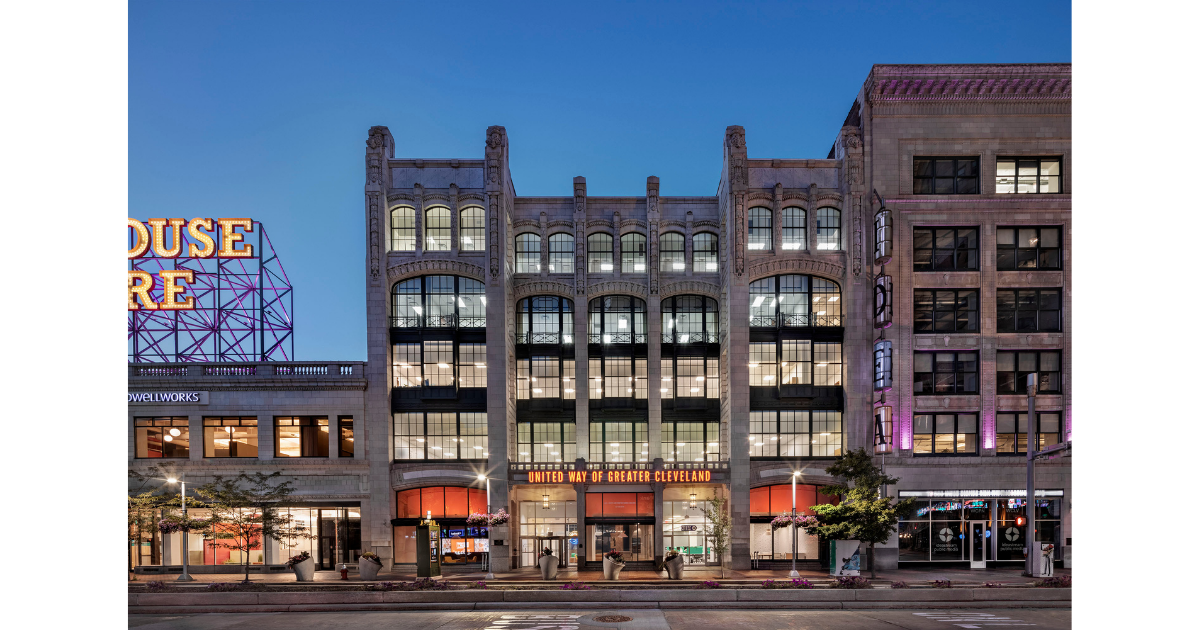
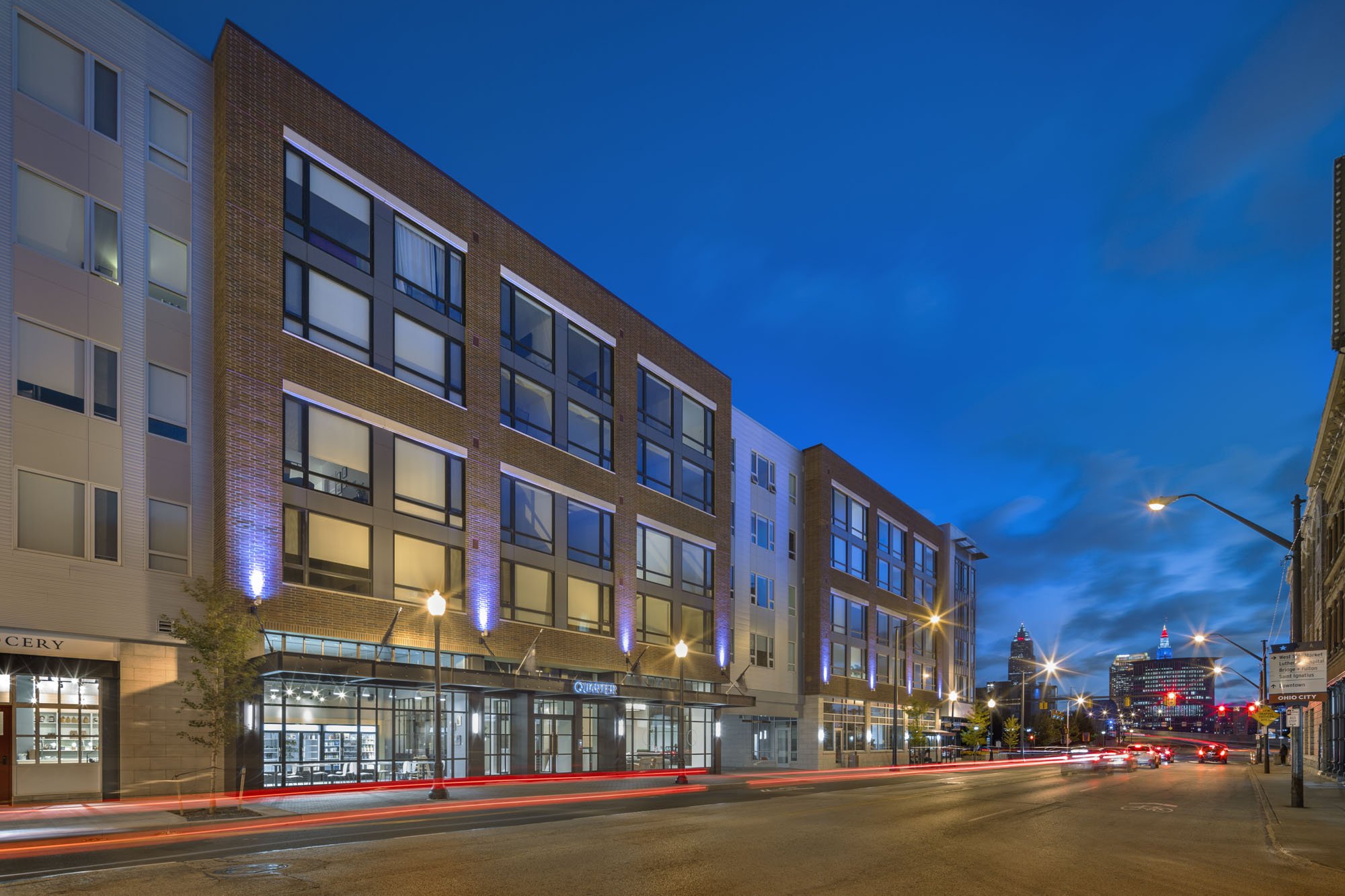
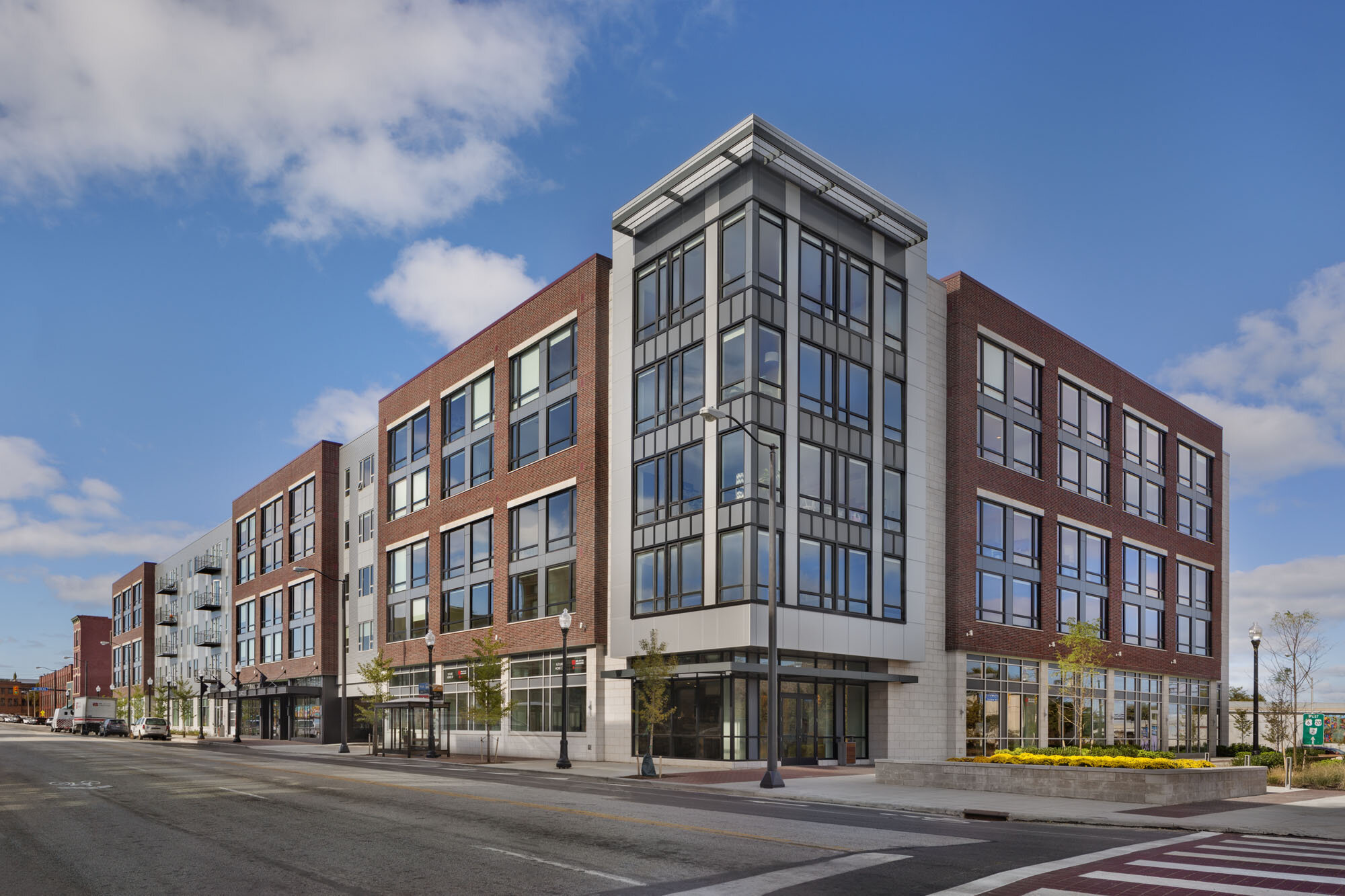
Exterior Commercial Photography
The holy trinity of things we need for exterior commercial photography is the weather, access to the interior to adjust shades, trying to ensure the front of the building is not blocked by cars, and making sure all the sidewalks have been swept and garbage cans moved out of the way. We always arrive at least 45 minutes before we need to take any images so that we have time to touch base with our client or local contact and move things out of the way which will save time and money in post-production. We always include an alternative rain day with the client so that we can ensure that we have the best opportunity to give them fantastic images. During Covid, we have also had to reschedule a few shoots due to outbreaks and we just accept that and it’s one of the reasons why our clients keep returning back to us and referring us to others. One example is the time we sent out emails to all the tenants in this building for Bialosky Architects. When we arrived for the shoot the blinds in each unit were different and a car was abandoned in front of one of the entries. We placed more emphasis on the sky to mitigate the different blinds and used blurred cars to reduce the impact of the parked vehicle. Of course, we could have removed the vehicle for another $500 in photoshop but we wanted to focus the budget on doing more images for the award submission.
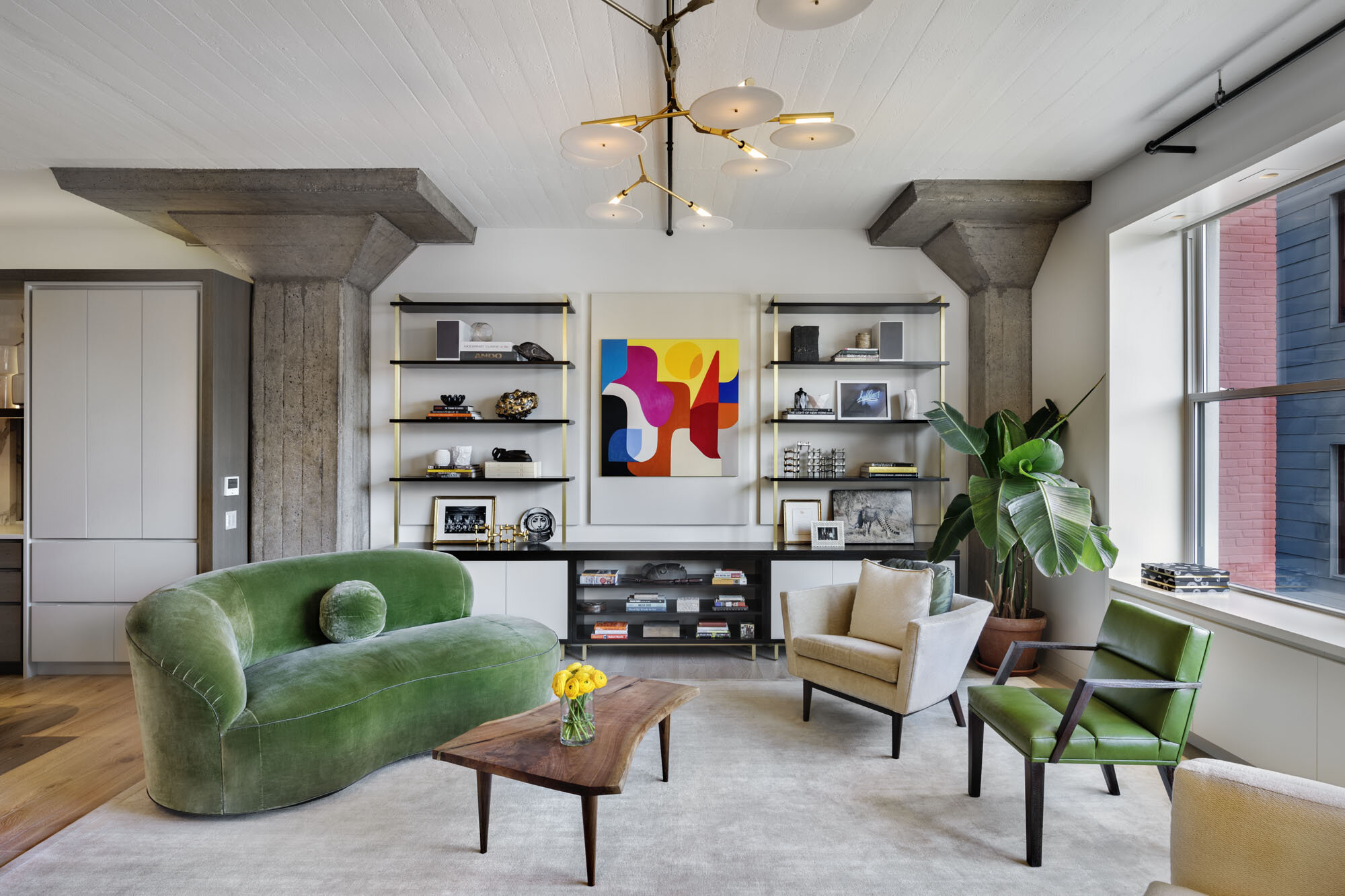
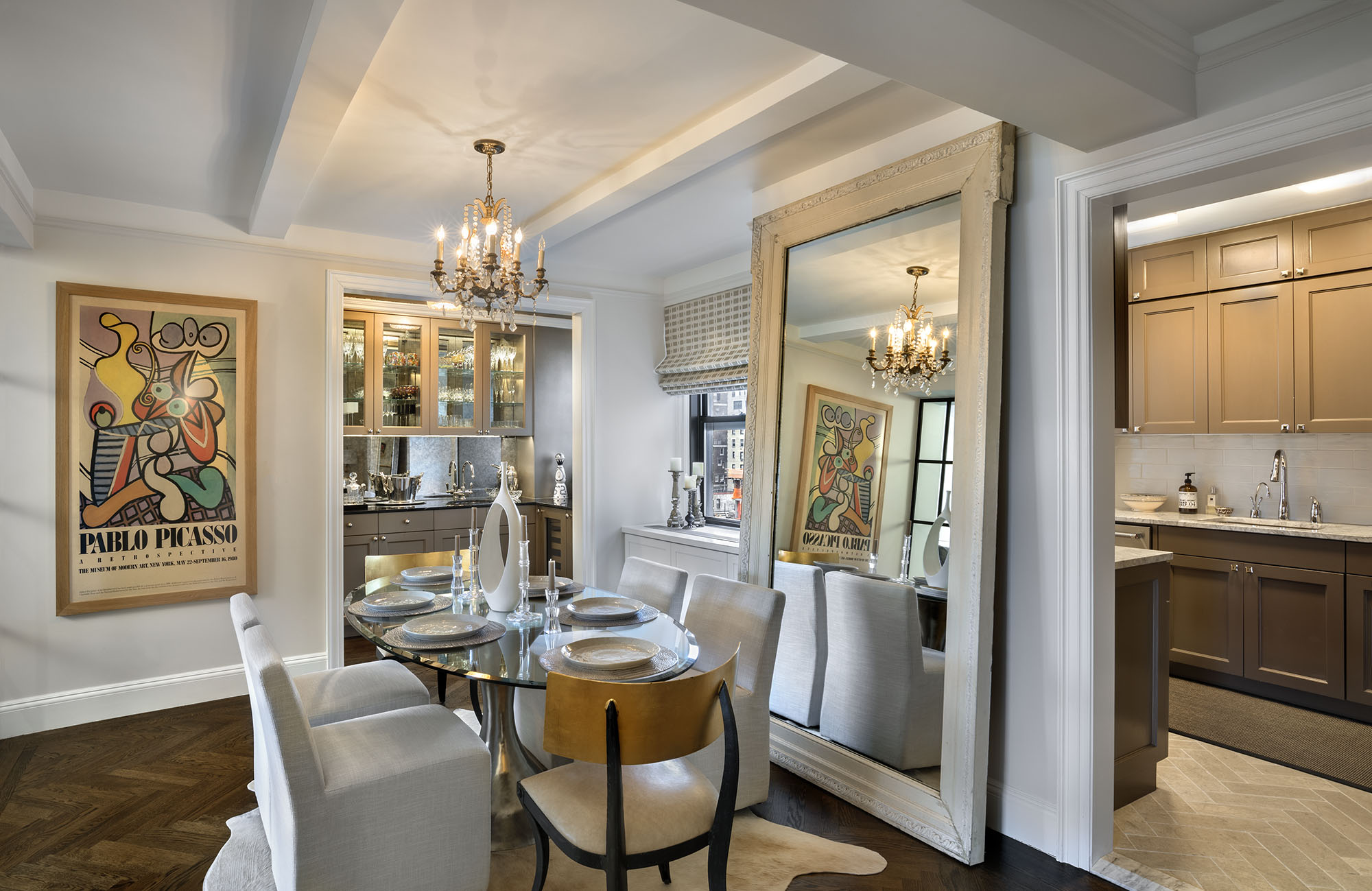
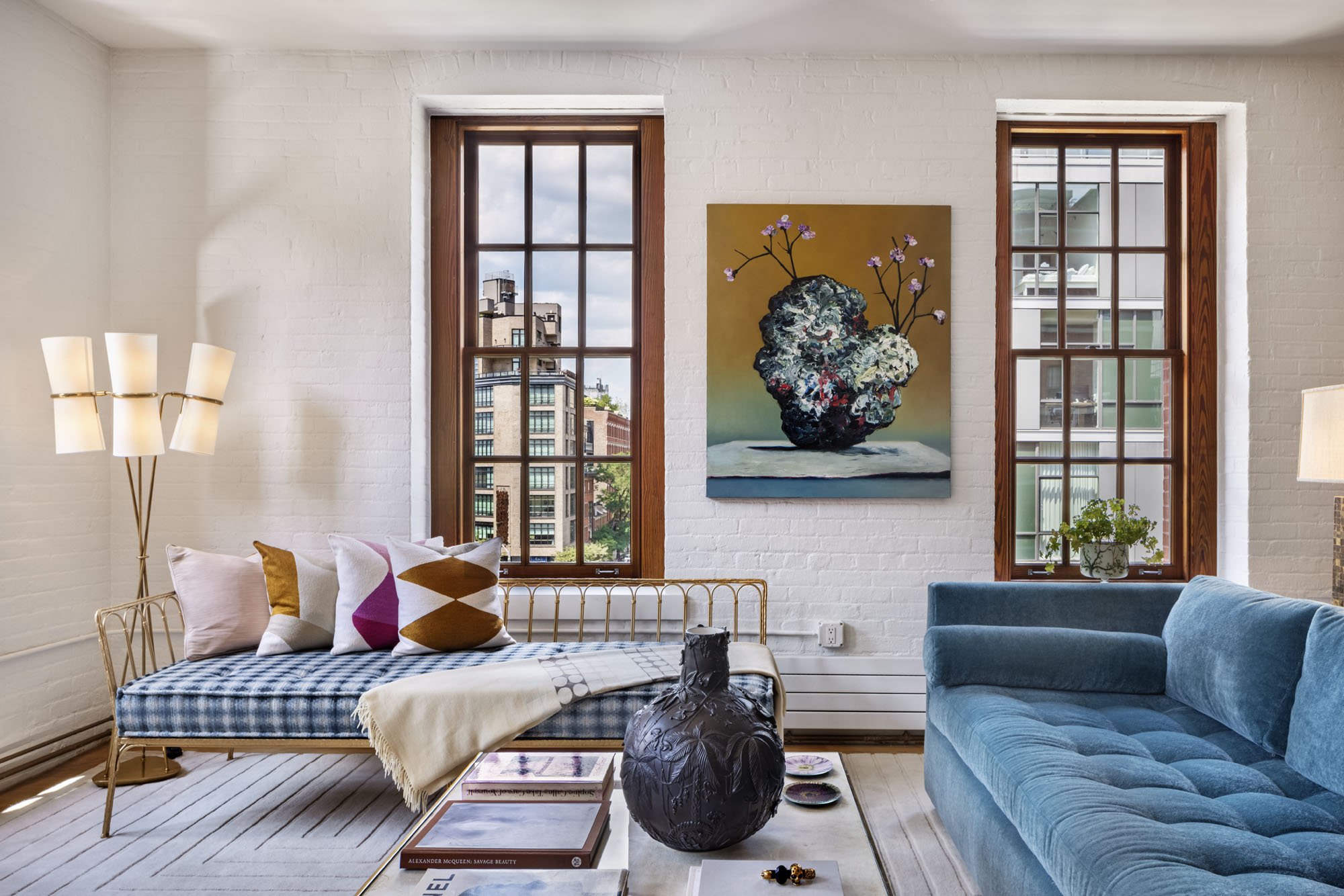
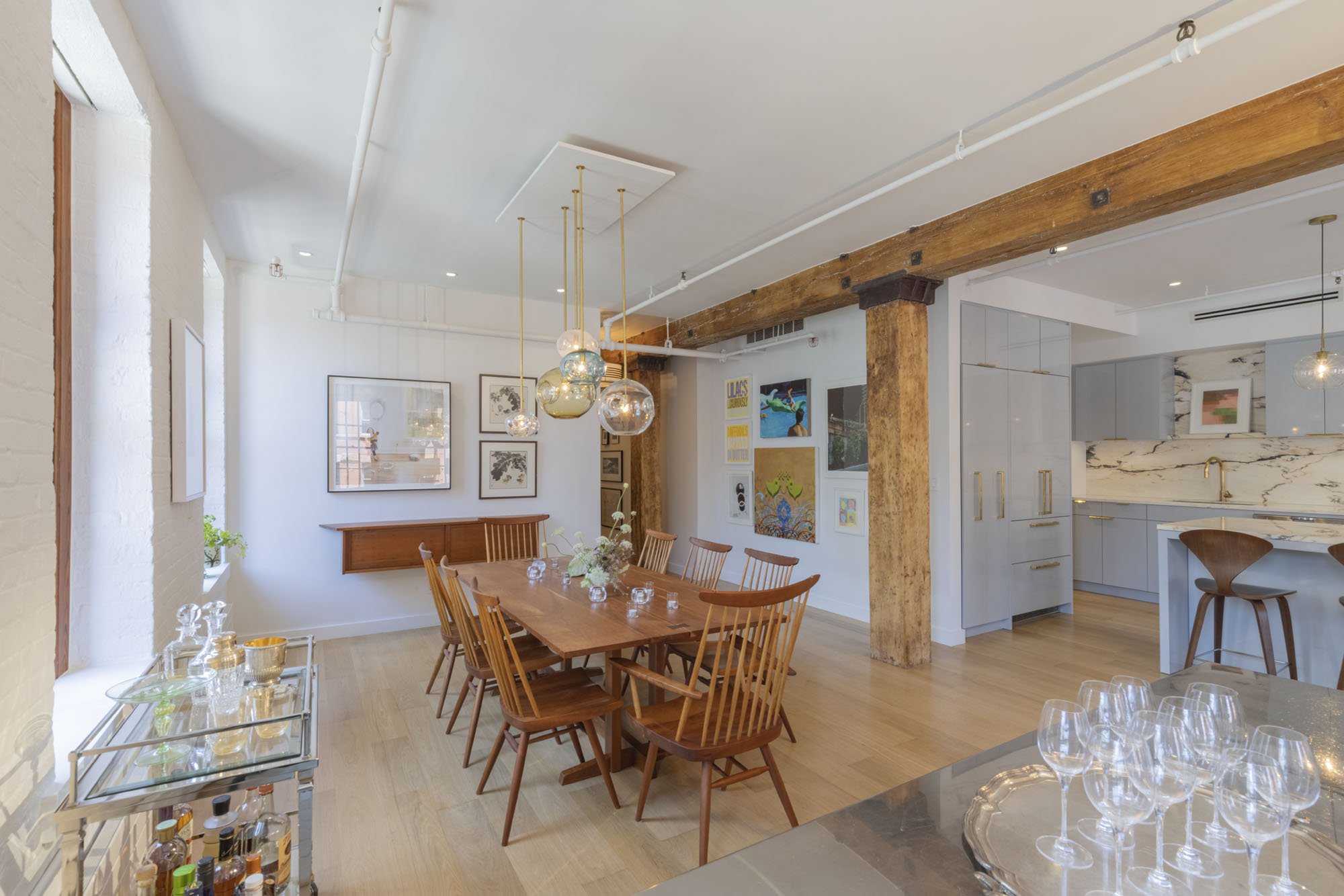
Residential Architectural Design Interior Photography
Residential interiors are like jewel boxes as every surface has been considered and many times I am dealing with both an architect and a separate interior designer who might have different needs. Getting all parties on the same page before the shoot ensures that the best of each one’s talents is on display which makes my job of storytelling easier.
Residential interior architectural photography is a ballet of moving and removing items to make the space feel light-filled and elegant. Some clients spend days bringing in art, furniture, carpets, and tabletop items, while others rely on the owner’s excellent taste. My goal for each shoot is to tell the designer’s story and incorporate the distinct tastes of each homeowner. It is best if the homeowner is not home during the shoot as we need access to every space, from the kitchen to the master bathroom.
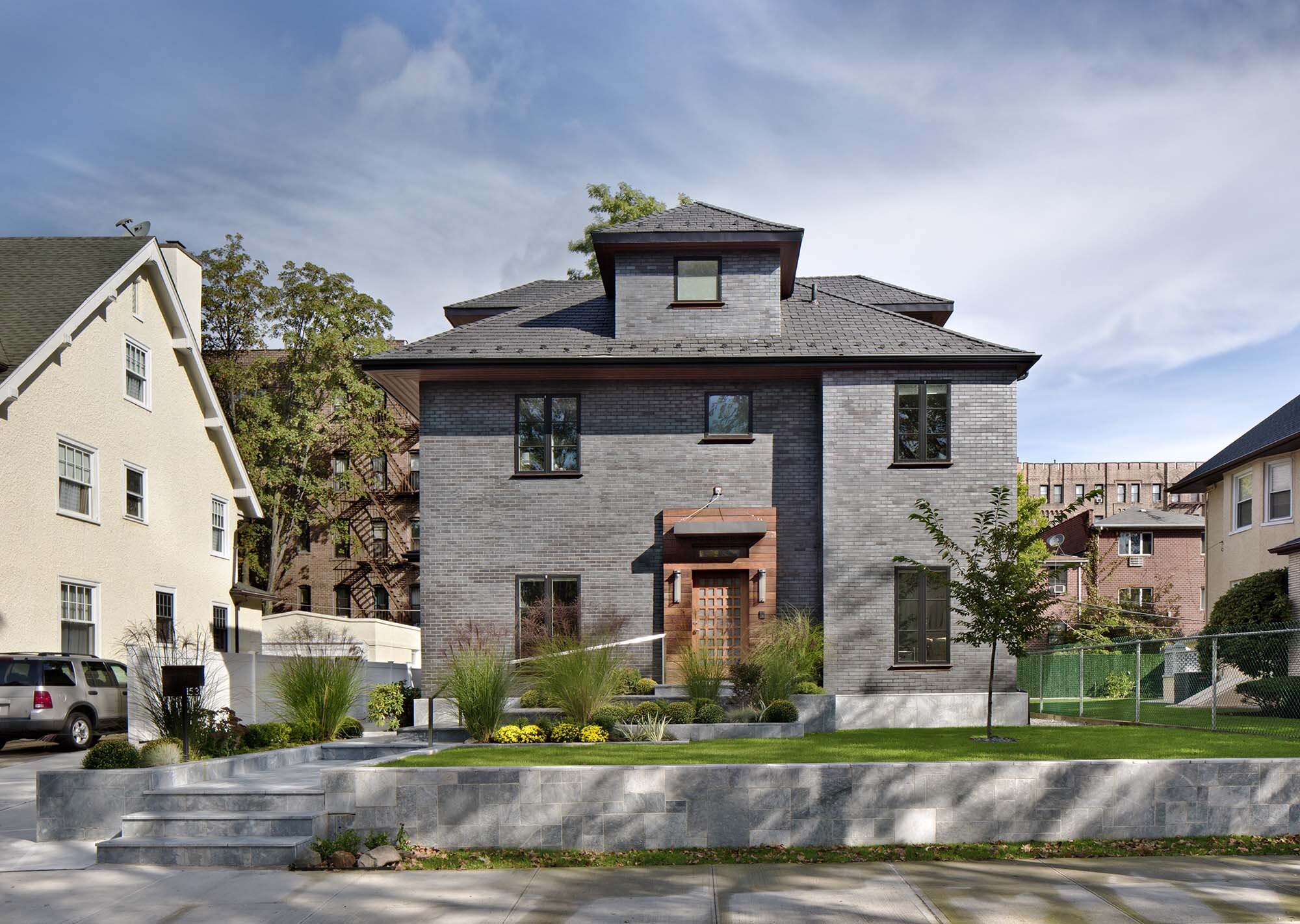
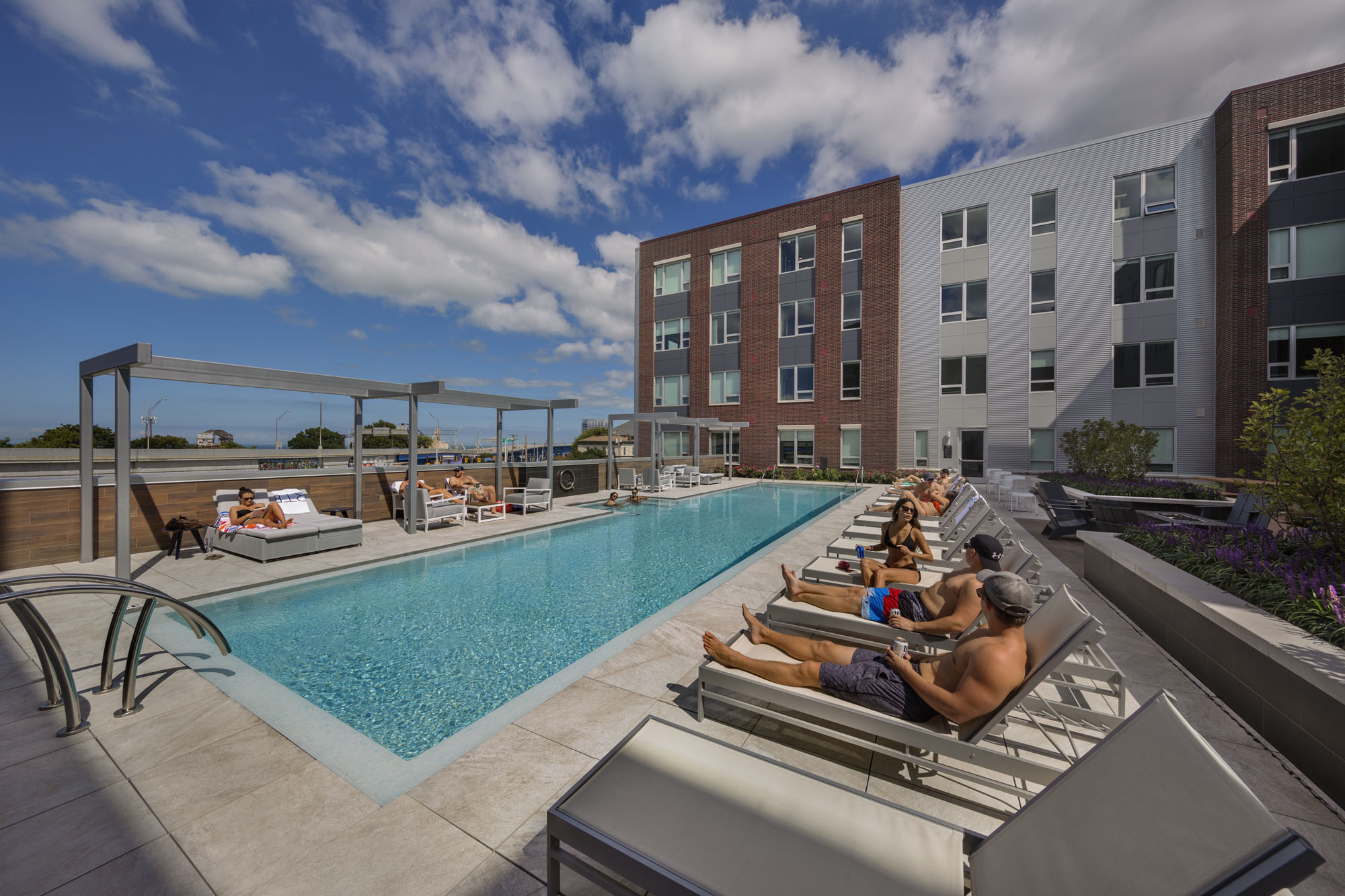

Residential Architectural Design Exterior Photography
Residential exteriors rely on chasing the sun around all day from dawn until dusk, capturing all the magic as the sun glistens off the facade. Much like the interiors, the exterior images are enhanced by the right props and arrangement of exterior furniture. If the house has a pool, we need to have a nice pile of folded towels and make sure that all the lawn furniture is moved and perfectly positioned for each shot. Just because a pair of Adirondack chairs look great in one shot doesn’t mean they might be distracting in another.
It is important to make sure the lawn has been cut a few days before, plants deadheaded, and shrubs pruned. When we shoot we try and remove anything that might date the images, from children’s toys and bouncy houses to gas barbeques and smokers. The goal is to let the designer’s intention to speak, kissed by mother nature. Frequently we shoot exteriors as part of our normal residential day but sometimes we are only hired to shoot dawn or dusk shots at these magical hours. These shots normally take an hour to set up and expose because we have to arrange all the exterior items and also the interior because we will have incredible detail in the final images.
Hospitality Photography
Hospitality photography requires days of advance planning and flexibility during the capture to get the largest amount of jaw-dropping images. A shoot for the Hard Rock Hotels can last a week and require days to shoot all the room types and the same amount of time for the pools, beach cabanas, amphitheater, lobby, multiple restaurants, gift shop, spa, gym, and many other spaces all that needs to be clean and empty of people.
I love the challenge and collaboration that is required and love seeing that the banquet hall is being set while we are on the other side of the hotel photographing the rooftop bar. A shoot can easily have 80 to 120 images and so managing them and the client’s expectations as to how long the post-production will take is another layer of making sure everyone is happy as we go along and get excited to see the final images that will blow them away.

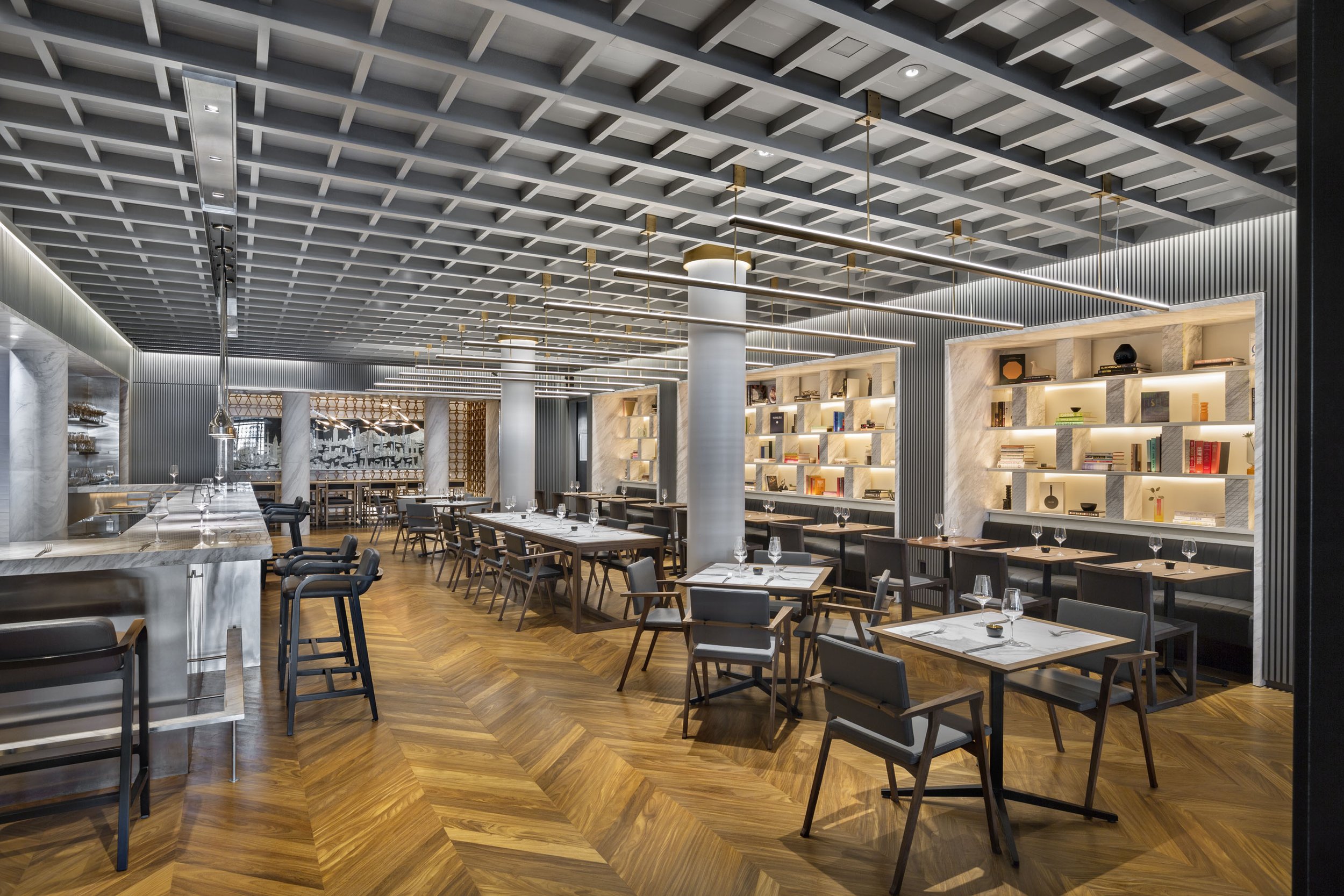
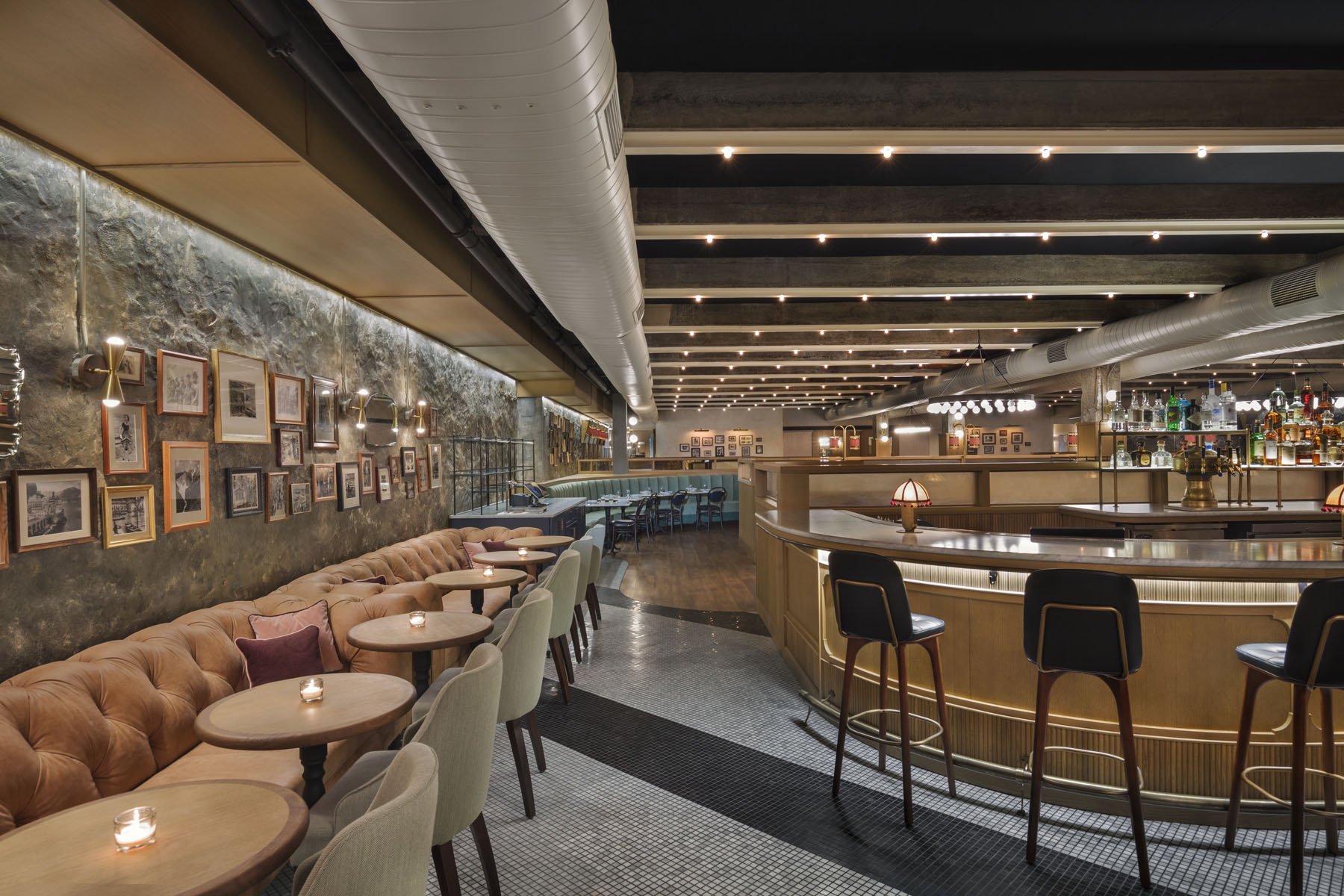
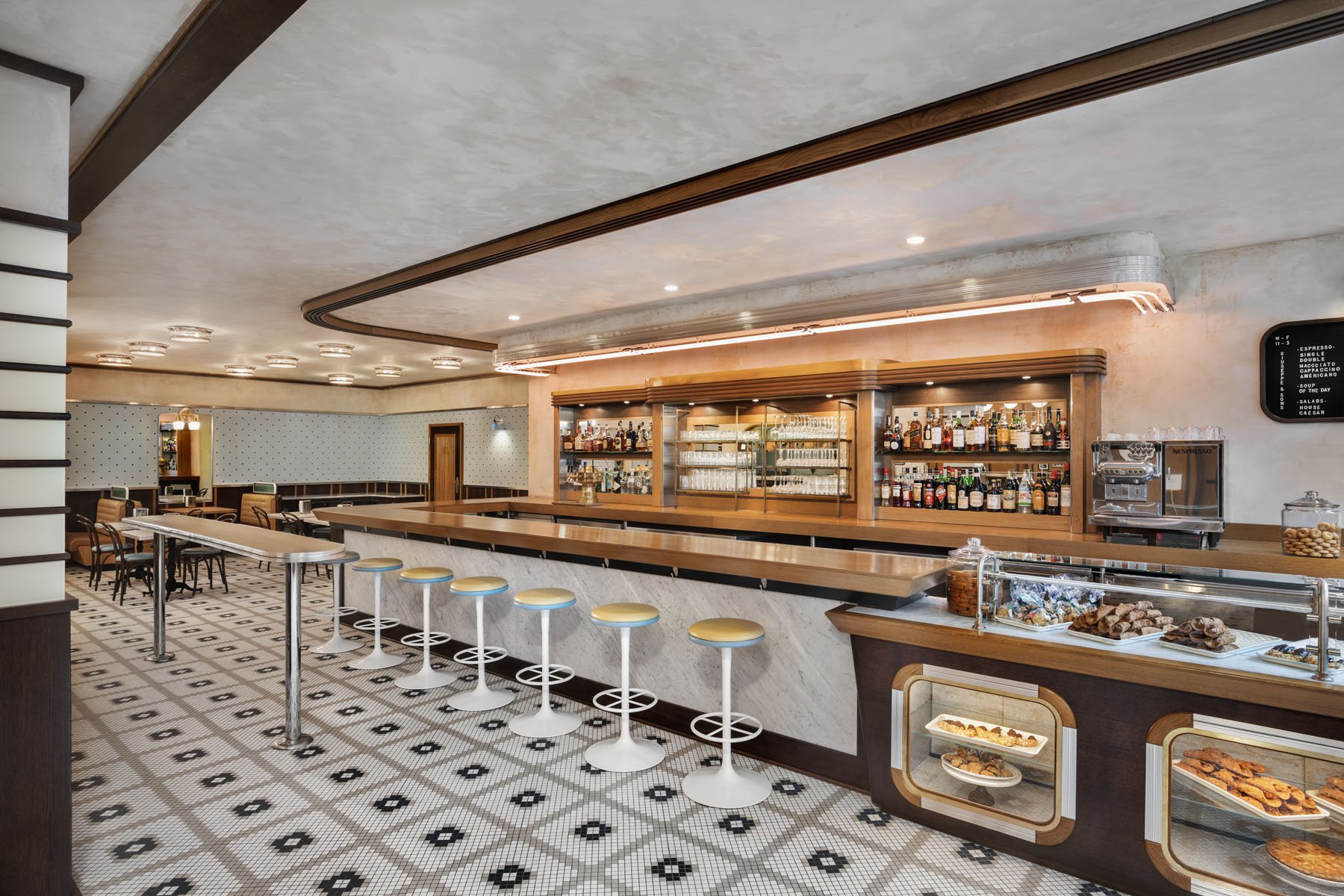
Restaurant photography
Restaurant photography is a demanding specialty unto itself, and I thrive on making sure every detail is perfect and that each image feels part of the whole story. Normally it needs to happen in the middle of the night when the restaurant is closed (usually a Monday) and goes from 10 pm until 8 am. The goal is to highlight the sophisticated interiors that are sometimes only lit by votives and very dim incandescent bulbs. I gained a lot of experience photographing restaurants in NYC and Philadelphia because none of my contemporaries were willing to work all night and be wrecked for the next few days. I relished the challenge and the hours, making every chair, place setting, and table spacing perfect.
It made me more confident as I had to keep the client-focused as they were starting to fade around 3-4 am. A lot of times clients like the Rockwell Group will send a PDF of a marked-up floor plan to make sure all the angles are covered in case they are unable to attend or the restaurant is out of town. Restaurants like Morimoto and Buddakan in NYC cost over $10 million to construct, and clients like the Starr Restaurant Group needed captivating images that would compel diners to come to the space. In the past few years, the meteoric rise of fast-casual restaurants and Covid have decimated high-end dining. Many of the newer spaces I am shooting, such as Larder for Bialosky Architects in Cleveland, are shot in the daylight and photos have more of an editorial feel to them.
I look forward to our shoot together and blowing you away with photos highlighting all of your hard work. We will work diligently, collaborate, and refine things to the highest level possible given our time frame. I always try and get everything correct before capturing the images as fixing things in post-production is both frustrating and costly.
It’s my job to be your champion and devil’s advocate, making sure we capture what you need and spend your marketing money responsibly. We try to make sure all the details are smoothed out before the shoot so we can nail all the items to get you more work and recognition.

